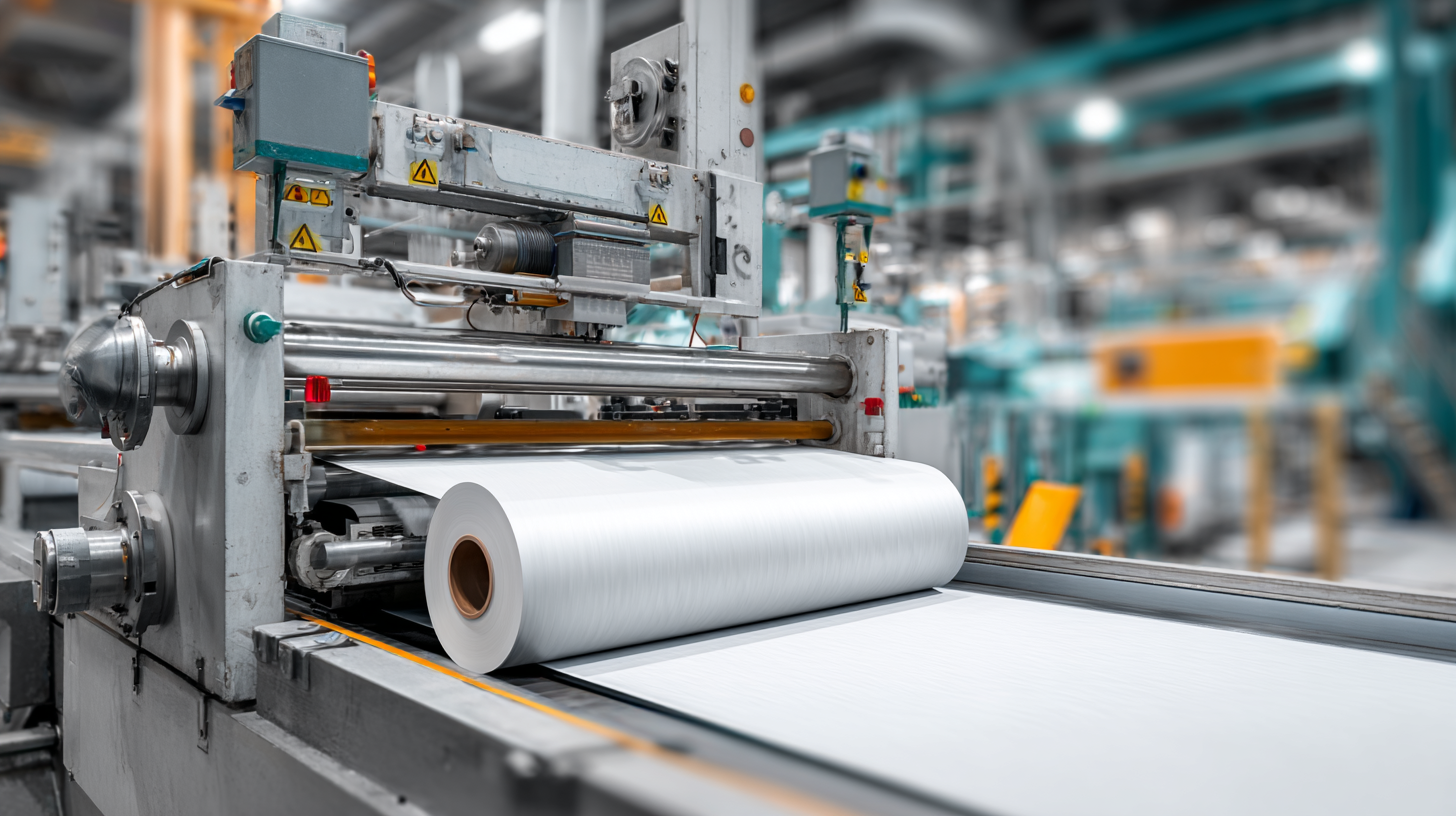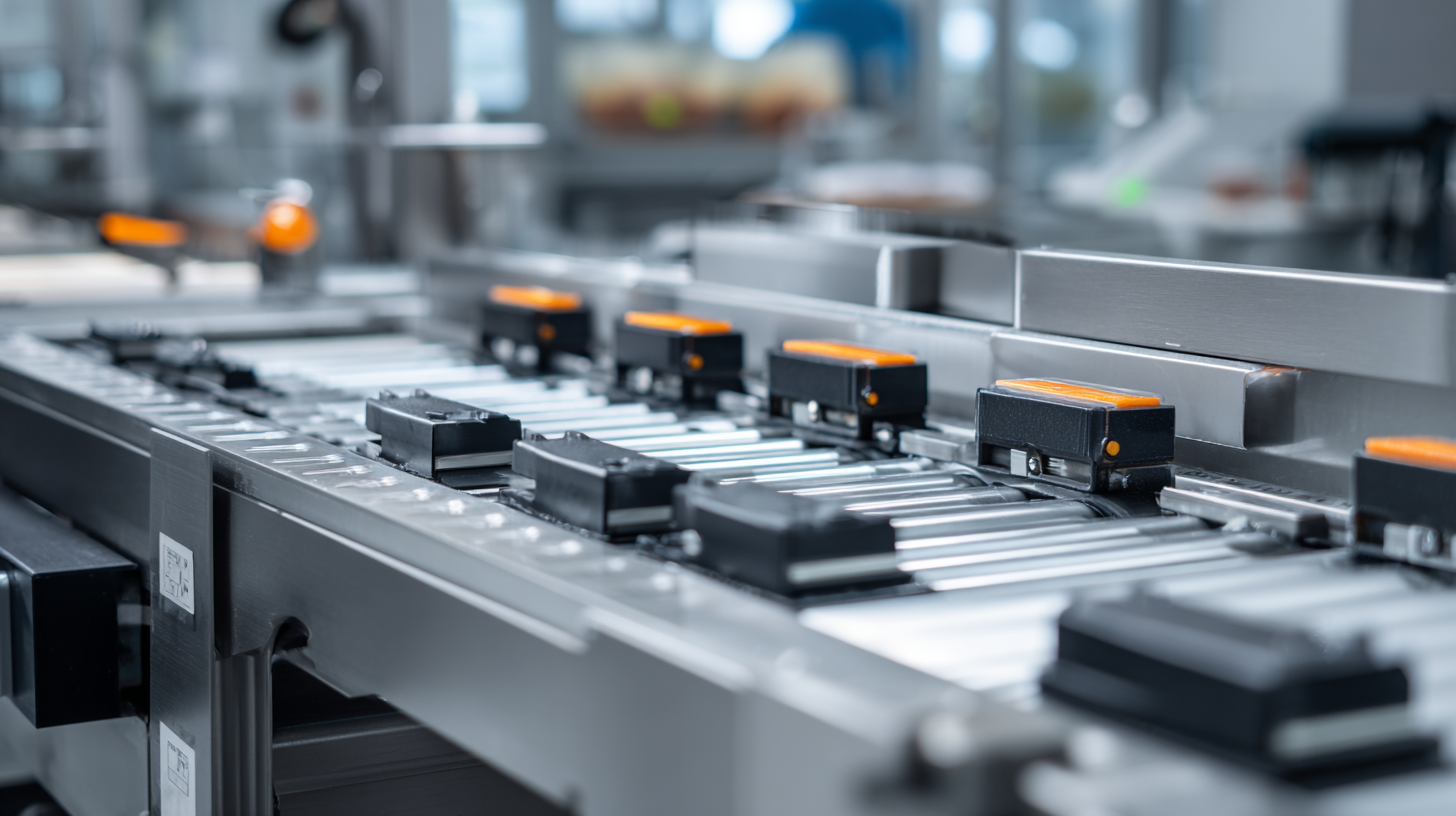In today's fast-paced manufacturing environment, ensuring product quality and compliance is paramount, and this is where the Roller Checkweigher plays a crucial role. According to a report from MarketsandMarkets, the global checkweighers market is expected to reach $654 million by 2025, with a significant portion attributed to the increasing demand for precision in weight control across various industries, including food and beverage, pharmaceuticals, and packaging. A Roller Checkweigher integrates the principles of dynamic weighing with advanced technology, enabling manufacturers to streamline operations while minimizing waste and maximizing accuracy. This comprehensive tutorial aims to provide insights into mastering the best Roller Checkweigher for your production line, exploring features, benefits, and best practices for implementation to enhance overall productivity and ensure regulatory compliance.

Understanding roller checkweighers is essential for optimizing production lines across various industries. These sophisticated devices ensure that every product meets predetermined weight specifications, which is critical for maintaining quality control and compliance with industry regulations. By effectively identifying underweight or overweight items before they reach the packaging stage, roller checkweighers minimize waste, reduce costs, and enhance customer satisfaction by guaranteeing product consistency.

The integration of roller checkweighers into your production line streamlines operations and boosts efficiency. These machines operate automatically, reducing the need for manual inspections and allowing personnel to focus on more complex tasks. Additionally, modern roller checkweighers come equipped with advanced features such as real-time data tracking and reporting, enabling manufacturers to swiftly address any discrepancies and adjust processes accordingly.
Emphasizing the importance of these devices can significantly impact productivity and profitability, making them a crucial investment for businesses looking to improve their production line dynamics.
When selecting the best roller checkweigher for your production line, understanding the key features becomes paramount. One of the most critical aspects to consider is accuracy. A top-quality checkweigher should provide precise measurements, ensuring that each product meets the required weight specifications. This is vital not only for quality control but also for compliance with industry regulations. Look for models that offer advanced calibration options and real-time data monitoring, which help maintain consistency in weight checks.
Another essential feature is speed. In fast-paced production environments, it is crucial that the checkweigher can process items without slowing down the production line. High-speed roller checkweighers are designed to handle varying product sizes and weights while providing reliable results. Additionally, ease of integration with existing equipment is a significant factor to consider. A good checkweigher should seamlessly fit into your current workflow, with user-friendly interfaces and automation capabilities that minimize operator intervention and reduce the risk of errors. These features combined enhance productivity and efficiency, making your production process smoother and more efficient.
The checkweighing industry is on the brink of transformation, fueled by advancements in technology and changing consumer demands. According to a report by MarketsandMarkets, the global checkweigher market is projected to grow from $789 million in 2020 to $1.1 billion by 2025, reflecting an annual growth rate of 7.3%. This surge is driven by the rising need for automated solutions in production lines, where precision and speed are paramount. As manufacturers strive for efficiency, the implementation of advanced roller checkweighers that integrate with Industry 4.0 practices becomes increasingly essential.
Emerging trends indicate that smart checkweighing systems equipped with IoT capabilities will dominate the market by 2025. These systems not only enhance weighing accuracy but also provide real-time data analytics, enabling manufacturers to make informed decisions quickly. According to a 2022 survey conducted by Advanced Manufacturing Technologies, 59% of industry leaders cited real-time monitoring as a critical factor in optimizing production efficiency. By leveraging these cutting-edge technologies, production lines can significantly reduce downtime and minimize waste, positioning themselves for success in an ever-evolving market landscape.

Implementing a roller checkweigher in your production line can significantly enhance operational efficiency and product quality. To start, it's essential to understand the key components and steps involved in the installation process. First, ensure that the roller checkweigher is properly calibrated to accommodate the specific weight range of the products being processed. This ensures accurate measurements and reduces the likelihood of errors during production.
Tip: Regular maintenance is crucial for optimal performance. Schedule routine checks to ensure that the rollers are clean and free from obstructions, which can affect weight measurements. Additionally, always keep a log of maintenance activities for future reference and troubleshooting.
Next, create a seamless integration plan with your existing production line. Evaluate the space available and adjust conveyor configurations accordingly to accommodate the new equipment. Collaborate with your team to train operators on how to effectively utilize the checkweigher, focusing on the importance of real-time monitoring to minimize product discrepancies.
Tip: Encourage operators to familiarize themselves with the software and analytics provided by the roller checkweigher. Understanding data outputs can lead to proactive adjustments in the production process, enhancing overall efficiency. Regular training sessions can help keep the team updated on best practices and any new features introduced with the equipment.
| Step | Action | Importance | Notes |
|---|---|---|---|
| 1 | Define Weighing Criteria | High | Establish weight limits based on product specifications. |
| 2 | Select Equipment | High | Choose a reliable roller checkweigher compatible with your line. |
| 3 | Install the Checkweigher | High | Follow the manufacturer's guidelines for installation. |
| 4 | Calibrate the System | Critical | Ensure accuracy by calibrating with known weights. |
| 5 | Test Run | High | Conduct tests with actual product to ensure performance. |
| 6 | Establish Protocols | Medium | Create standard operating procedures for users. |
| 7 | Monitor Performance | Ongoing | Regularly check accuracy and make adjustments as needed. |
When it comes to operating roller checkweighers in your production line, troubleshooting common issues can prevent costly downtime. One effective approach is to break down problems into their basic components. For instance, if you experience inconsistent readings, consider inspecting the alignment of the roller system and ensuring there are no obstructions affecting the flow of products. Adjusting the calibration settings may also resolve discrepancies.
Incorporating artificial intelligence can further enhance your troubleshooting efforts. By leveraging AI tools, you can automate the diagnostics process to quickly identify faults. An AI-driven system can monitor operational parameters and alert you to anomalies in real-time, making it easier to address issues before they escalate. Consider utilizing these advanced technologies to streamline troubleshooting procedures, ensuring that your roller checkweigher operates efficiently.
